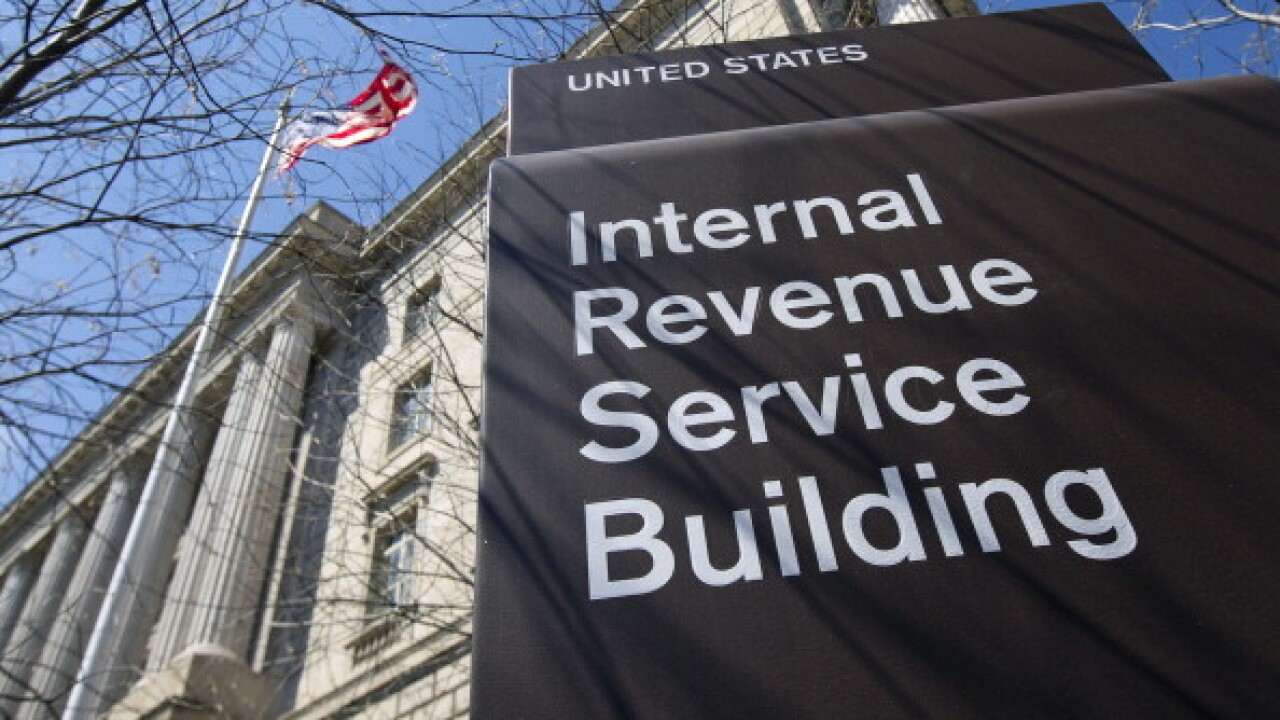In a recent study of over 400 accounting firm compensation systems, I asked the following three questions:1. Do you believe that firmwide goals tied to owner compensation are a useful process for achieving higher levels of profitability in the firm?
2. Do you believe that each owner should have written goals?
3. Does each owner in your firm have written goals?
Much to my surprise, 85 percent of the respondents replied “Yes” to the first question, and 80 percent answered “Yes” to the second question. However, when it came to the third question, 80 percent responded that their owners do not have written goals.
Intellectually, managing owners believe that having written goals will improve profitability, and most of them also believe that owners should have written goals. So why is it that in 80 percent of the firms we surveyed, owners did not have written goals?
IT’S GOOD, BUT NOT FOR ME
Until the current staffing shortage, CPA firm owners didn’t have to worry about too much. For a long time there was this attitude of, “Hey, I arrived. I’m a partner.” Staff were plentiful and most firms had an “up or out” policy. But something happened along the way. Firms started to compete with each other, lines of staff waiting to get hired began to disappear, new generations of professionals were entering the workforce, and technology not only changed the way accountants worked, but also where they could work. In short, the external and internal environments changed.
Owners were asked to be more accountable for the success of the firm. They were asked to be more than just good technicians. They had to be team players, critical thinkers, motivators of people, and business developers, etc. Welcome to the 21st century!
SETTING GOALS
There is a big difference between winners and losers. Productivity consultant and author Denis Waitley wrote, “Winners can tell you where they are going, what they plan to do along the way, and who will be sharing the adventure with them.”
The first step in getting owners to be winners is to set realistic goals — goals that are aligned with the firm’s vision and strategic objectives and what they will be doing day to day and week to week. The most important thing is that they believe in the vision. You want owners who are willing to “drink the Kool-Aid.” These are the people that Jim Collins is talking about in Good to Great. This is what is meant by getting the right people on the bus. But if you don’t have a clearly articulated vision and strategic objectives, then you can’t get the right people on the bus.
Owners, like every other member of the firm, need performance goals. Otherwise, how will they know how well they are doing? How will they know the areas that need improvement? And how will firm management know who are the top performers?
There should be no confusion about performance goals. They are an explicit statement of what an owner will accomplish during the current year or performance cycle. The purpose is not to make all owners clones of each other. Rather, the purpose is to maximize each owner’s value contribution to the firm in some or all of the following areas — financial, client, internal systems, employee growth and learning, and business development.
In small and midsized firms without departments, it will be up to the managing owner to help owners set performance goals. This often requires several meetings. Just because the managing owner is clear on what needs to be done does not mean that each individual owner knows their goals.
I’m sure that many of you have gone down this path before. The owners in the firm have goals and even fill out the goal form. Then what? Most likely, not much. They know that management is not serious about the goals. They know that if they just keep doing what they have been doing, management will leave them alone. So if you want to be serious about this process, you need to do one more thing: Keep score.
If you don’t keep score, you’re not serious about the goal-setting process or accountability in your firm. Each goal needs a target, a measure of success that is a verifiable indicator of results. In other words, other people would agree, on the basis of the measure you specify, that the desired results were achieved or not achieved.
Finally, tie goals to compensation and reward for performance first.
ARE YOU READY?
Being an owner does not mean that you are capable of doing everything. Owners must determine their readiness level for completing the goals. The readiness level is based on an understanding of what to do, how to do it, and the motivation to do it. You may have a high level of readiness for one task and a low level of readiness for another task within the same goal. There are four basic readiness levels:
* Level 1: You lack the competencies needed to do the task and you have limited self-confidence.
* Level 2: You have a high level of self-confidence, but you lack the competencies.
* Level 3: You have the competencies needed but lack the self-confidence.
* Level 4: You have both the competencies and the self-confidence.
Depending on which level you find yourself at, you will need a different amount and type of support to complete your goals.
I’m seeing in many firms today that accountability is running both ways. Owners are becoming more accountable and firms are providing their owners with more tools and training to help them achieve their goals.
Start slow and just try to make small changes. After a few years, you will notice how much the changes have built up.
August Aquila, Ph.D, is co-author of Compensation as a Strategic Asset and CEO of Aquila Global Advisors and Chantrey Capital Advisors. Reach him at aaquila@aquilaadvisors.com.





